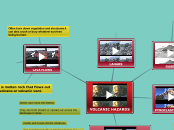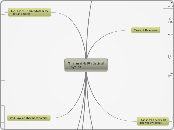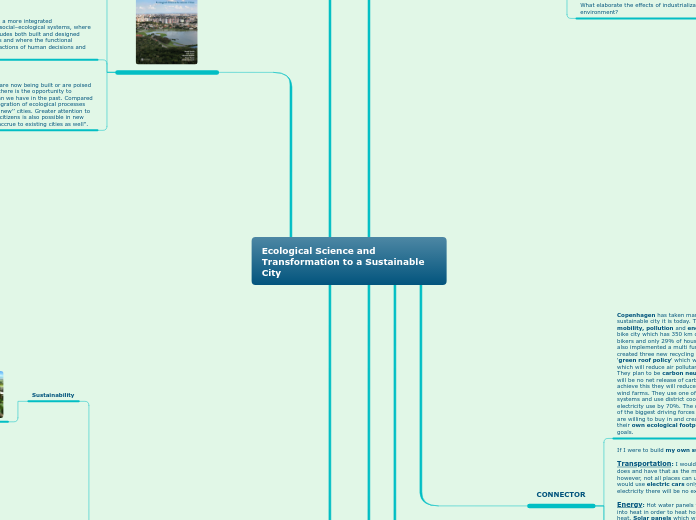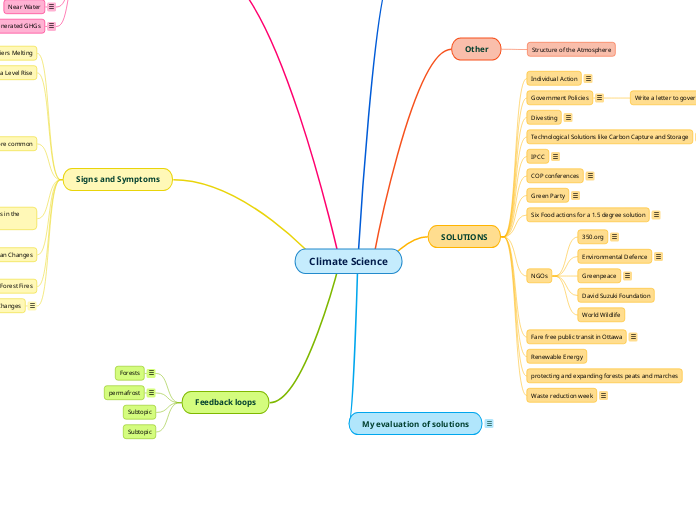Destroy moving parts in motors and engines(especially in aircraft) and scratch surfaces
Contain toxic chemicals which can be dangerous for both people and livestock.
They are mixtures of pulverized rock,ash and hot gases, and can move at speeds of hundreds of miles per hour
Known as volcanic fallout,occur when tephra -fragmented rock ranging in size from mm to tens of cm (fractions of inches to feet)
It is heavier than air and can suffocate people and animals.
Pyroclastic material may actually block sunlight and cause temporary cooling of the earth's surface,
VOLCANIC HAZARDS
GASES
Burns and attacks calcium in the skeletal system.
Both acids irritate soft tissues such as eyes,nose,throat and lungs
Sulfur dioxide (SO2) and hydrogen sulfide (H2S) are both sulfur-based gases
LAHARS
A specific kind of mudflow made up of volcanic debris
Can travel at speeds of over 80 kph (50 mph) and they may retain enough heat to still be 60-70 °C.
They will either bulldoze or bury anything in their path
PYROCLASTIC FALLS
PYROCLASTIC DENSITY CURRENTS
Destroy anything in their path,either by burning or crushing or both by debris
-Move at speeds of up to 1,000 kph (650 mph)
-They are extremely hot up to 400 °C(750 °F)
LAVA FLOWS
Often burn down vegetation and structures.It can also crush or bury whatever survives being burned.
Extremely hot - between 1,000-2,000 °C (1,800-3,600°F)
Lava is molten rock that flows out of a volcano or volcanic vent.
Viscous flows
Can sometimes build up into lava domes can form pyroclastic density currents
Cooler and travel shorter distances
Fluid flows
They can form stream or spread out across the landscape in lobes
Hotter and move the fastest









